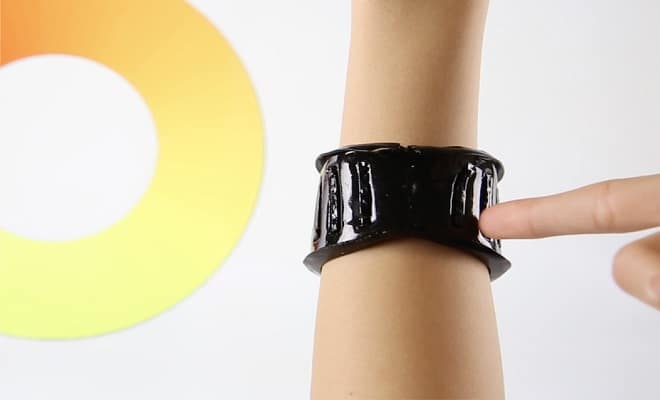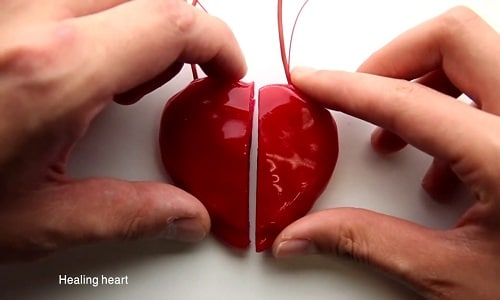The newly developed material is flexible and has the ability to reconnect with the broken parts for enabling smooth flow of electricity

Plants and organisms have had the ability to heal injury wounds since birth. It does take time, but skins and tissues self-repair and restore back to normal. However, the same cannot be said for electronics. Once an electronic circuit is broken, it becomes useless because no electricity can pass through it, and thus can’t be deployed anywhere. It might take several weeks, months or even years to repair it to normal. Rather than waiting, often such broken electronic parts are soon discarded for a new one. While doing so, our time is saved, but continuously discarding such broken electronic parts can prove to be an environmental hazard.
A team of researchers from Carnegie Mellon University and the University of Tokyo seems to have come up with a solution to this problem. A new self-healing material has been developed that automatically fuses together to conduct electricity.
Reconnect without glue
The self-healing material is made of MWCNT-PBS (Multi-Walled Carbon Nanotube – PolyBoroSiloxane) that helps the electronic circuit stay intact without using adhesive. A gentle external force is simply required to form a mechanical bond between any two broken parts. This enables reconnection of the electronic circuit for easy flow of electricity.


With the help of an Arduino Mega, several tests were conducted for pressure and touch sensing, as well as cut detection. Implementing flexible electronics onto the self-healing material, might help devices sustain longer periods of harsh use. And in case of any damage, can be easily restored back to normal.







